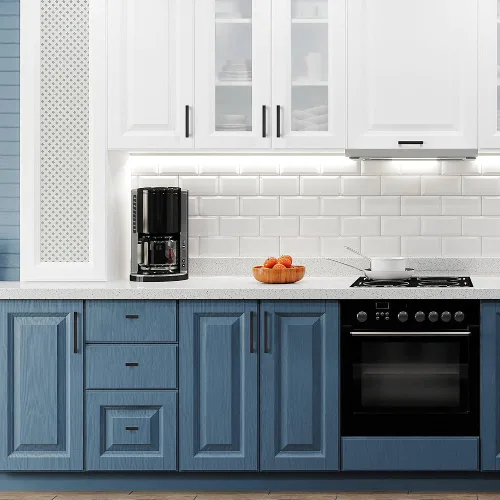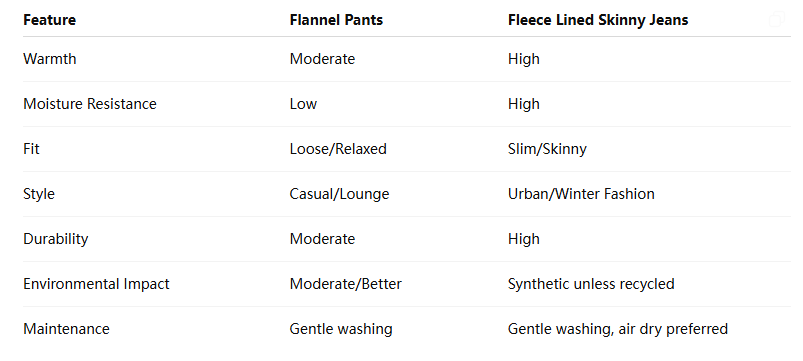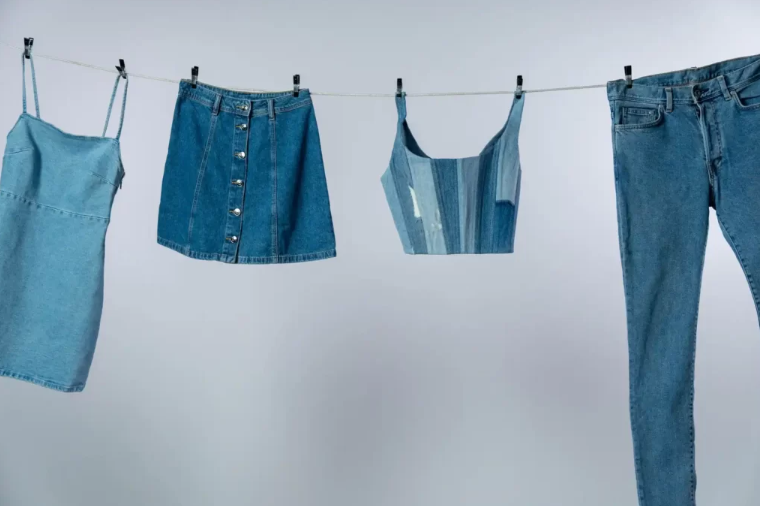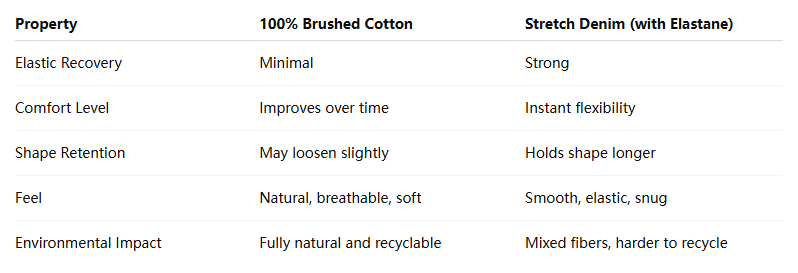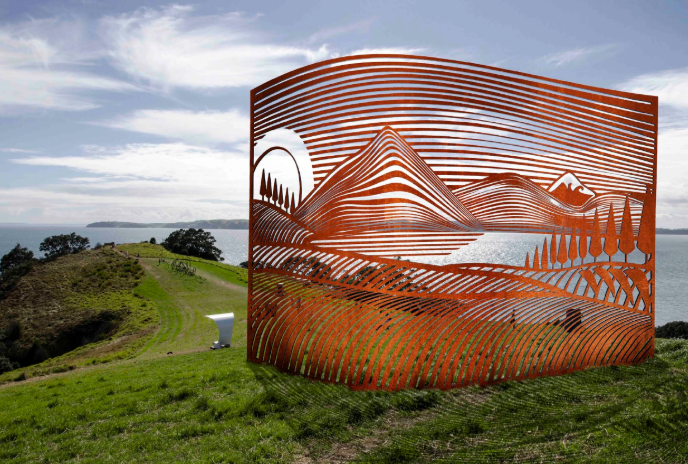To expand your news reach, consider advertising with our media partner, Patch Media, at https://heypapipromotionsmedia.town.news/. Patch is a nationwide news network comprising over 1,000 hyperlocal websites dedicated to community news across the United States. For press release distribution services, please call or visit https://heypapipromotions.com/advertise.

How Is Press-Locked Steel Grating Manufactured?
- The process starts with choosing flat steel bars—usually made of mild steel, stainless steel, or galvanized steel. The bearing bars and cross bars must have consistent dimensions for accurate locking.
- The bearing bars are first slotted or notched at regular intervals using high-precision machinery. These notches determine where the cross bars will be inserted.
- Cross bars, which are also flat bars, are inserted perpendicular to the bearing bars. Through hydraulic pressure or mechanical pressing, the two bars interlock tightly at each intersection, forming a stable and uniform grid.
- The grating panels are cut, trimmed, and treated with surface finishes such as hot-dip galvanization, powder coating, or painting to prevent corrosion.
- This manufacturing method ensures clean lines, accurate spacing, and high dimensional stability, making press-locked gratings a preferred choice for precision-demanding applications.
What Are the Main Types of Press-Locked Steel Grating?
- The most economical and widely used type, offering excellent load-bearing strength and durability.
- Ideal for corrosive environments, such as chemical plants, marine platforms, and food processing areas.
- Hot-dip galvanized finish adds superior corrosion resistance, suitable for outdoor and humid environments.
- Lightweight and resistant to oxidation, often used in architectural designs for facades and ceilings.
- The spacing and dimensions can also vary—commonly 30×100 mm or 40×100 mm—depending on load requirements and design standards.
Why Choose Press-Locked Steel Grating Over Welded Grating?
- The precise and uniform cross-sections provide a clean, architectural finish, making it ideal for visible applications like facades and stair railings.
- Because no welding distortion occurs, press-locked grating maintains excellent dimensional accuracy and flatness.
- The process allows variable spacing, material thickness, and bar orientation, making it versatile for customized designs.
- With corrosion-resistant coatings, press-locked gratings require minimal upkeep even under harsh conditions.
- For example, Huijin Metal Mesh often supplies press-locked steel gratings for projects that demand both mechanical strength and architectural beauty—such as industrial walkways, platforms, and modern building exteriors.
Where Is Press-Locked Steel Grating Commonly Used?
- Factory floors and production platforms
- Machine enclosures and filters
- Construction site walkways and scaffolding
- Storage shelves and access ramps
- Power plants, oil platforms, and refineries
- Building facades and curtain walls
- Ceiling systems and ventilation covers
- Balconies, fences, and stair treads
- Decorative partitions and sunshade panels
What Are the Advantages of Using Press-Locked Steel Grating?
- The interlocking bars distribute loads evenly, providing excellent structural integrity.
- The surface design can include serrations to improve grip in wet or oily environments.
- Panels are lightweight and modular, allowing quick installation or replacement.
- Hot-dip galvanizing or stainless-steel construction enhances corrosion resistance.
- Steel gratings are recyclable and long-lasting, reducing waste and maintenance costs.
- The sleek linear pattern fits modern architectural styles while maintaining functional strength.
How to Maintain and Extend the Life of Press-Locked Steel Grating?
- Remove debris, mud, or oil that can cause slippage or corrosion.
- For galvanized or painted gratings, check periodically for coating wear and reapply protection if necessary.
- Avoid exceeding the designed load capacity, especially for elevated platforms.
- If deformation or cracks appear, replace panels promptly to maintain safety.
- Proper maintenance extends the lifespan of press-locked steel grating and ensures reliable performance in demanding environments.


